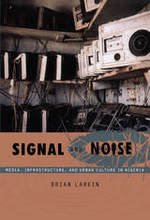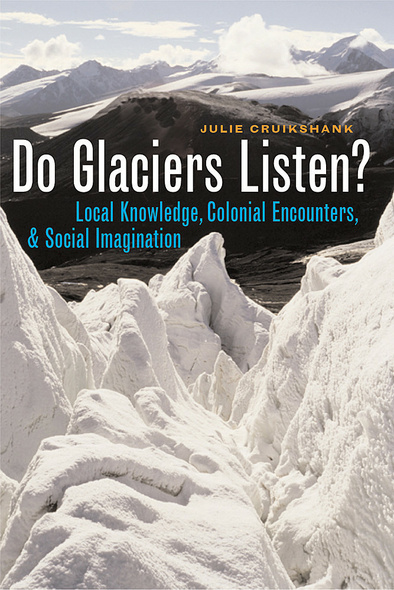
Stoller, Paul. (1989). The Taste of Ethnographic Things: The Senses in Anthropology. University of Pennsylvania Press.
University of Pennsylvania PressIn ‘The Taste of Ethnographic Things’, Paul Stoller explores the methodological role of senses in his long-term fieldwork among the Songhay of Niger. He documents practices, customs, politics and visions of the Songhay and incorporates sensory depth in each chapter. In contending that tastes, sounds, and smells are often sidelined in favor of more analytical, detached prose, Stoller calls to enliven ethnographic accounts. He advocates for more vivid descriptions of places that explore different dimensions of social life through a wider epistemological sensorium. Broadly the text is concerned with signs, senses, the materiality of sound, subjectivity, spiritual life, language, art, and methodological questions for ethnographic research.

Veit Erlmann. (2004). Hearing Cultures: Essays on Sound, Listening and Modernity. Routledge.
RoutledgeThis volume consists of a range of essays on hearing cultural processes. The authors raise a variety of questions around sound, probing the effects to hearing brought about by rapid globalization, audio-technological advances, and urban and industrialized space. The focus on audio highlights different worlds of sound and provides a new perspective with which to explore social issues and cultural encounters. In various ways, each contributing author explores the role of hearing in depicting, understanding, and representing the world around us.

Larkin, Brian. (2008). Signal and Noise: Media, Infrastructure, and Urban Culture in Nigeria. Duke University Press.
Duke PressIn ‘Signal and Noise’ Larkin provides a close study of media technologies in Nigeria, and specifically the northern city of Kano. Larkin considers the import of new media infrastructure by colonial powers and is concerned with the ways in which sound and technology systems pattern colonial urban projects. He examines the relationship between media and their cultural contexts, documenting the techniques of attention, stimulation, and consumption as they emerge in specific cultural-technological milieux. This text observes the force, materiality, and mediums for communication in their own right, differentiating it from many other emerging studies of media.

Feld, Steven. (2012). Jazz Cosmopolitanism in Accra. Duke University.
Duke University PressEthnomusicologist Steven Feld provides a close account of vernacular cosmopolitanism of jazz players in Ghana. This book is animated by music, narratives, jazz history, and percussion, combining memoir, biography, ethnography, and music history. Feld describes the outlook of his interlocutors through what he calls ‘acoustemology’ (first introduced in his 1992 work) an idiom which foregrounds the role of hearing in coming to understand and reflect on the world to theorize sound as a way of knowing.

Cruikshank, Julie (2005). Do Glaciers listen? Local Knowledge, Colonial Encounters, & Social Imagination. UBC Press.
UBC Press(from UBC): Do Glaciers Listen? explores the conflicting depictions of glaciers to show how natural and cultural histories are objectively entangled in the Mount Saint Elias ranges. This rugged area, where Alaska, British Columbia, and the Yukon Territory now meet, underwent significant geophysical change in the late eighteenth and nineteenth centuries, which coincided with dramatic social upheaval resulting from European exploration and increased travel and trade among Aboriginal peoples.
European visitors brought with them varying conceptions of nature as sublime, as spiritual, or as a resource for human progress. They saw glaciers as inanimate, subject to empirical investigation and measurement. Aboriginal oral histories, conversely, described glaciers as sentient, animate, and quick to respond to human behaviour. In each case, however, the experiences and ideas surrounding glaciers were incorporated into interpretations of social relations.
Focusing on these contrasting views during the late stages of the Little Ice Age (1550-1900), Cruikshank demonstrates how local knowledge is produced, rather than discovered, through colonial encounters, and how it often conjoins social and biophysical processes. She then traces how the divergent views weave through contemporary debates about cultural meanings as well as current discussions about protected areas, parks, and the new World Heritage site. Readers interested in anthropology and Native and northern studies will find this a fascinating read and a rich addition to circumpolar literature.